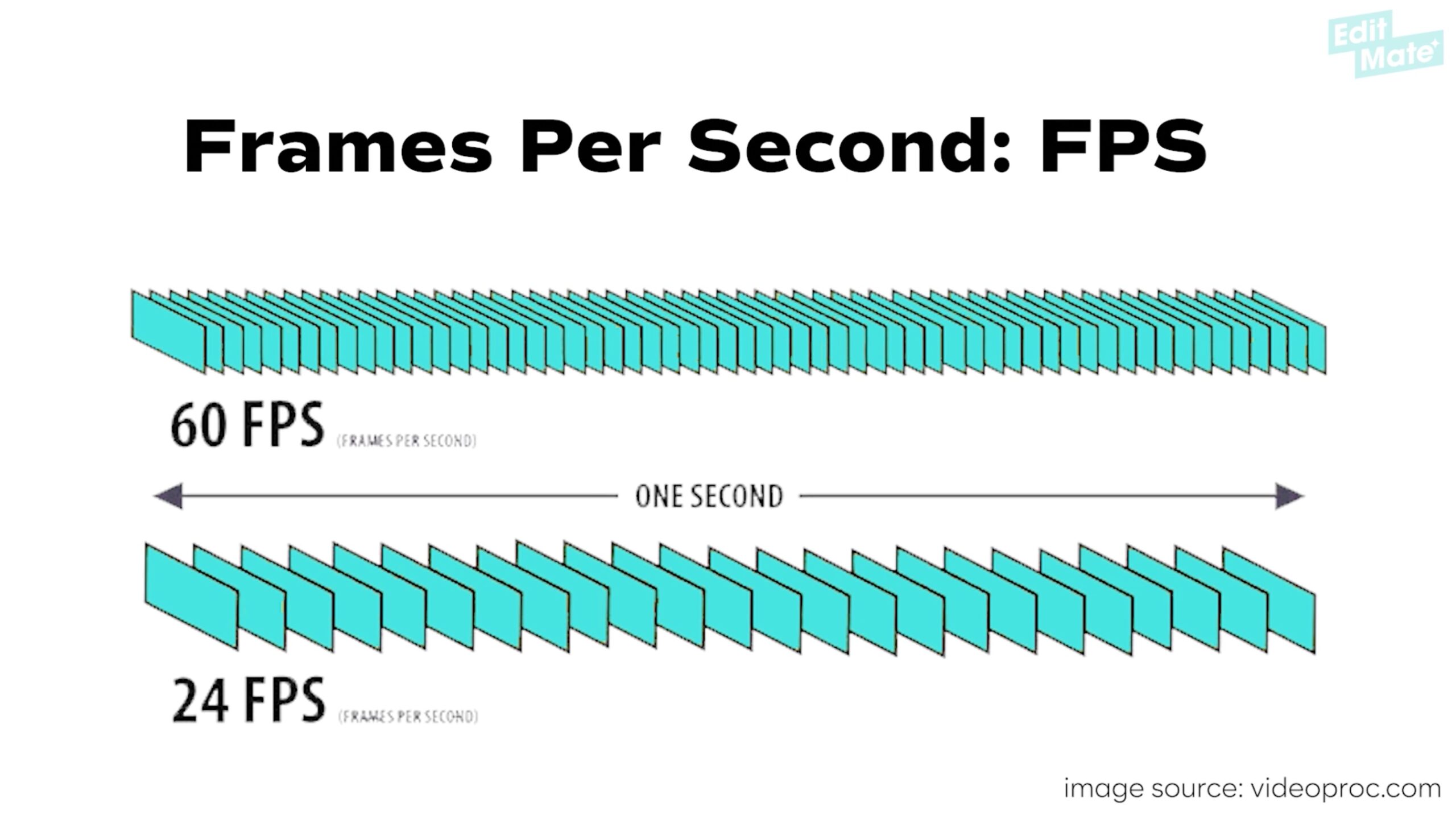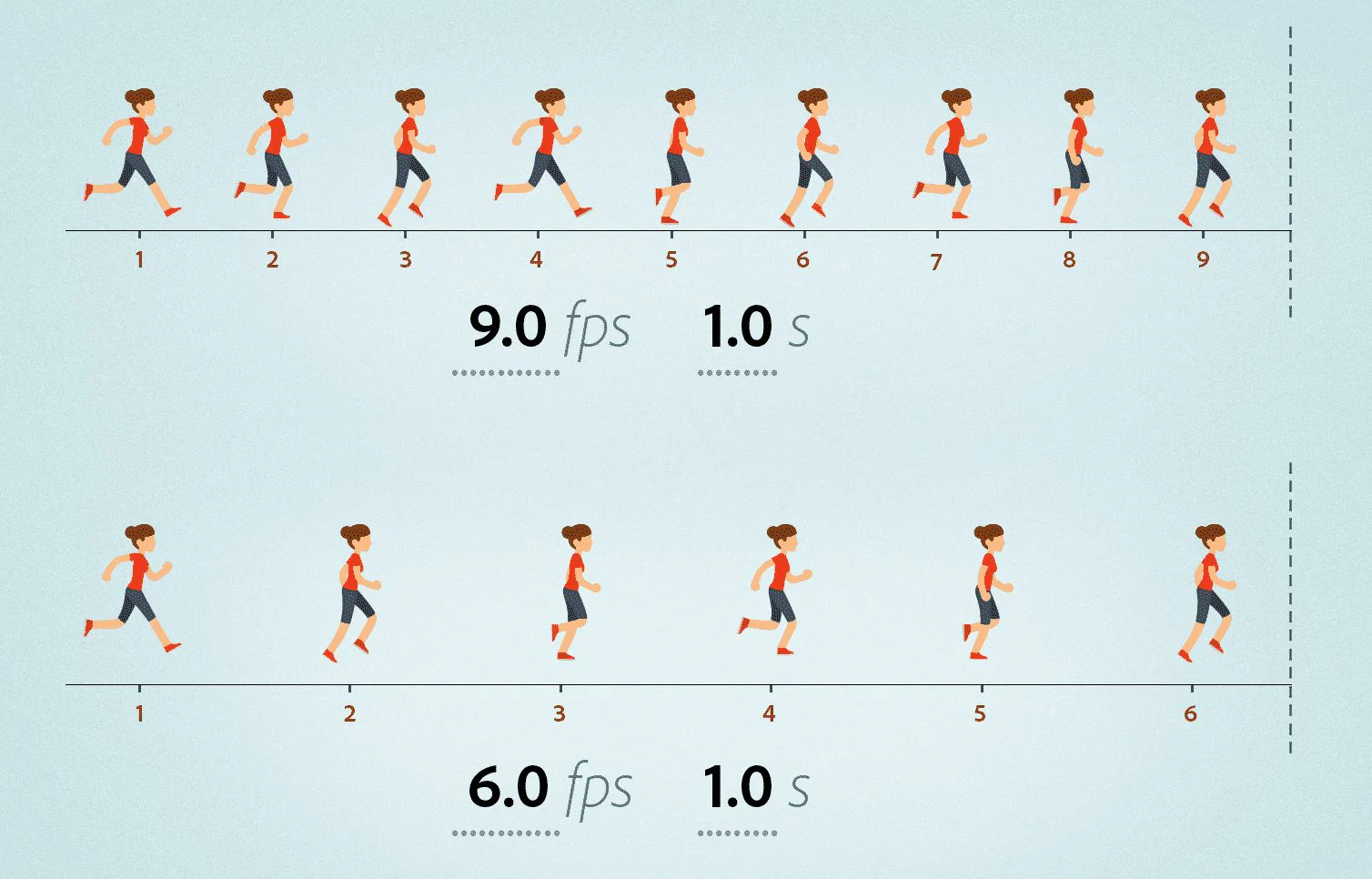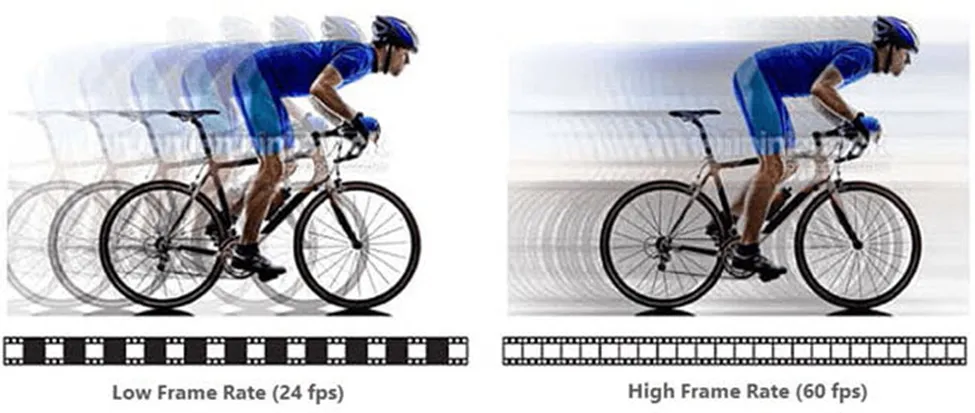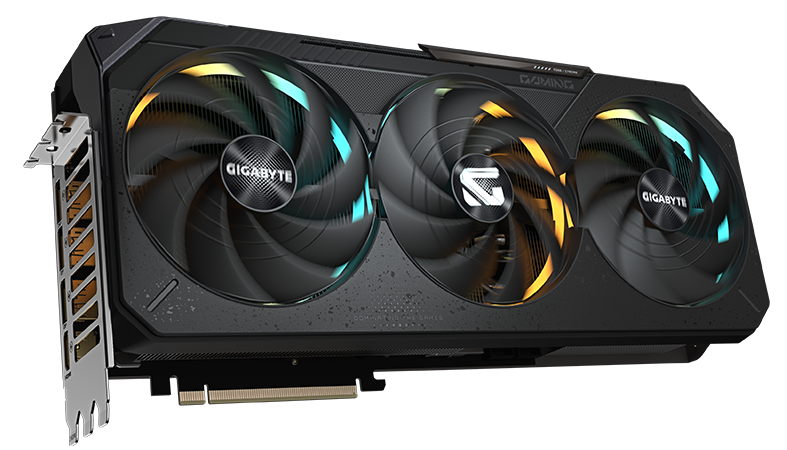What is FPS (Frames Per Second), How It Affects Your Screen, Videos, and Digital Games
Discover what FPS (Frames Per Second) is, why it matters, and how it impacts the smoothness of videos, games, and streaming on your electronic devices.
If you've ever wondered why some games look smoother than others, or why certain video streams stutter while others flow perfectly, the answer lies in FPS - Frames Per Second. This concept might seem technical at first glance, but it's fundamental to understanding how moving images work on your electronic devices.
FPS determines how many individual images (frames) are displayed on your screen each second. Think of it like a flipbook - the more pages you flip per second, the smoother the animation will be. Similarly, the higher the FPS, the more fluid your visual experience will be when gaming, watching videos, or browsing the internet.
In this complete guide, you'll discover everything about FPS: from the basic concept to how it directly impacts the performance of your favorite games and the quality of videos you watch. We'll also show you which components in your setup can influence frame rate and how to optimize your visual experience.
Table of Contents
- What is FPS - Fundamental Concept
- Why FPS is Important in Digital Games
- How FPS Affects Videos and Streaming
- FPS vs Hz - Understanding the Difference
- Components That Influence FPS
- Ideal FPS Rates for Different Activities
- How to Improve Your Device's FPS
- Conclusion - Mastering FPS
What is FPS - Fundamental Concept
FPS stands for "Frames per Second" - a measurement that indicates how many individual static images are displayed in sequence during one second to create the illusion of movement on your screen.
Imagine you're rapidly flipping through a stack of paper with slightly different drawings on each page. When you do this fast enough, the drawings appear to move - this is exactly the same logic behind FPS. Each "page" in your stack would be a frame, and the speed at which you turn the pages would be the frame rate per second.
In digital devices, whether on your smartphone, computer, gaming console, or smart TV, the graphics processor is constantly generating these individual images. The more frames produced per second, the smoother and more realistic the movement you see on screen will be.
The human brain can interpret sequences of images as movement starting at approximately 10-12 FPS, but for a truly smooth experience, we need much higher rates. That's why movies in theaters traditionally run at 24 FPS, while modern games aim to achieve 60 FPS or higher.

Why FPS is Important in Digital Games
In the gaming world, FPS can be the difference between victory and defeat, especially in competitive titles. When your game runs at a higher frame rate, you get several practical advantages that directly impact your performance.
Faster Response Time
In first-person shooter games, every millisecond counts. A player with 144 FPS can see an enemy appear on screen approximately 7 milliseconds before someone playing at 60 FPS. This difference might seem small, but in a direct confrontation, it's enough time to make the difference between eliminating your opponent or getting eliminated.
More Precise Movements
Higher FPS rates allow for more precise movements with mouse and keyboard. When you move your mouse, the response on screen happens more immediately and smoothly, allowing for more accurate aiming and fluid movement. This is especially important in games that require quick reflexes.
Reduced Input Lag
Input lag is the time between pressing a button and seeing the action happen on screen. Higher FPS means new images are generated more frequently, reducing this delay and making your commands more responsive.
If you're thinking about investing in gaming equipment, books on computer hardware and software fundamentals can help you better understand how to optimize your setup. For gamers who want to dive deeper into understanding system performance, I also recommend checking out guides on how computers really work.
How FPS Affects Videos and Streaming
When you're watching videos on YouTube, Netflix, or any other platform, FPS determines how smooth your visual experience will be. Different types of content work better with different frame rates.
Movies and TV Series
Most movies are filmed and displayed at 24 FPS, a rate that cinema adopted decades ago. This frequency creates natural movement that our eyes interpret as "cinematic." Some modern films experiment with higher rates, like 48 FPS or 60 FPS, but they're still in the minority.
YouTube Videos and Social Media
Online videos typically use 30 FPS or 60 FPS. The choice depends on the type of content: tutorials and vlogs work well at 30 FPS, while gameplay videos and action content look much better at 60 FPS. Some content creators are already experimenting with even higher rates to create more immersive experiences.
Live Streaming
Live streams on Twitch, YouTube, and other platforms normally run at 30 FPS or 60 FPS, depending on the streamer's upload capacity and viewers' connection quality. Competitive gaming streams usually prioritize 60 FPS to show action with maximum fluidity.

FPS vs Hz - Understanding the Difference
This is a very common confusion: FPS and Hz are related but different concepts. Understanding the difference is crucial for optimizing your setup and not wasting money on incompatible equipment.
What is Hz (Hertz)
Hz is your monitor or TV's refresh rate, meaning how many times per second the screen can update the image. A 144Hz monitor can update the image 144 times per second, while a 60Hz one updates 60 times per second.
How FPS and Hz Work Together
FPS is generated by your hardware (graphics card, console, etc.), while Hz is the screen's capacity to display those frames. To take advantage of a high FPS rate, you need a monitor with compatible Hz.
For example: if your game is running at 120 FPS, but your monitor is only 60Hz, you'll only see 60 frames per second on screen. The other 60 frames will be "wasted." On the other hand, if you have a 144Hz monitor but your game runs at only 30 FPS, the screen will be "idle" most of the time.
Perfect Synchronization
The ideal situation is when the FPS generated by hardware is aligned with the monitor's Hz capacity. Technologies like G-Sync (NVIDIA) and FreeSync (AMD) help synchronize these rates automatically, eliminating problems like screen tearing and stuttering.
To better understand these technologies and how to choose the ideal monitor, you can check out our post about the best 144Hz gaming monitors.
Components That Influence FPS
Not all components in your device have the same impact on FPS. Understanding which parts are more important helps you invest your money intelligently when making upgrades.
Graphics Card - The Star Player
The GPU (Graphics Processing Unit) is by far the component that most influences your game's FPS. It's responsible for rendering all 3D images, applying visual effects, and generating the frames you see on screen. A more powerful graphics card means more FPS, especially at high resolutions and with graphics settings maxed out.
Processor - The Coordinator
The CPU works together with the GPU, preparing data and instructions that will be processed by the graphics card. In games that require heavy processing (like simulators or games with many NPCs), a faster processor can make a significant difference in FPS.
RAM Memory - The Highway
RAM acts as a bridge between the processor and graphics card. Too little memory or very slow RAM can create bottlenecks that limit FPS, especially in modern games that use high-resolution textures. To learn more about how memory affects performance, check out our article on what RAM is and how it affects performance.
Storage - The Support
SSDs don't directly increase FPS during gameplay, but they drastically reduce loading times. This means you spend more time playing with high FPS and less time waiting on loading screens.
If you want to dive deeper into how these components work, I recommend books on critical thinking and problem-solving that can help you make better hardware decisions systematically.

Ideal FPS Rates for Different Activities
There's no universal FPS rate that's perfect for everything. Different activities have different needs, and understanding this helps you adjust your settings intelligently.
Casual and Single Player Games
For adventure games, RPGs, and single-player titles in general, 30 FPS is the minimum acceptable, but 60 FPS offers a much more pleasant experience. These games don't require ultra-fast reflexes, so you can prioritize graphics quality over extremely high FPS.
Competitive Games
In competitive FPS, MOBAs, and racing games, 144 FPS or more is ideal. The higher the frame rate, the lower the input lag will be and the more visual information you'll have to make quick decisions. Professional players frequently use 240 FPS or even 360 FPS.
Web Browsing and Productivity
For general computer use, web browsing, and productivity apps, 60 FPS is more than sufficient. In fact, many of these activities don't even use the screen's full capacity, so focusing on extremely high FPS won't bring practical benefits.
Video Editing and Content Creation
For real-time preview during editing, 60 FPS is ideal, but consistency is key here. It's better to have stable 30 FPS throughout your work than to have peaks of 120 FPS followed by drops to 15 FPS.

How to Improve Your Device's FPS
There are several strategies to increase FPS without necessarily spending money on new hardware. Some simple optimizations can result in significant performance gains.
Software Optimizations
Keep your graphics drivers always updated - manufacturers like NVIDIA and AMD regularly release optimizations that can increase FPS in specific games. Close unnecessary programs running in the background, especially those that use GPU like browsers with many open tabs.
Smart Graphics Settings
Not all graphics settings have the same visual impact. Some options consume a lot of FPS for little visual gain. Generally, you can disable or reduce: extreme anti-aliasing, real-time reflections, ultra-detailed shadows, and unnecessary post-processing effects.
Resolution Adjustments
Lowering resolution is one of the most effective ways to increase FPS. Going from 4K to 1440p can double your FPS while maintaining still excellent visual quality. If you play competitively, many professional players prefer lower resolutions to maximize FPS.
Strategic Upgrades
If you decide to invest in hardware, prioritize in this order: graphics card first, then processor, followed by faster RAM, and lastly SSD. To better understand upgrades and maintenance, hardware hacking guides can be very useful for understanding system optimization.
For those working from home and wanting to optimize their complete setup, it's worth checking out our article on the best tech accessories for home office workers.
Conclusion - Mastering FPS
FPS is much more than just a number on screen - it's a determining factor for the quality of your visual experience in games, videos, and any moving content. Understanding how it works allows you to make smarter decisions when configuring your devices and investing in upgrades.
Remember that there's no perfect FPS rate for everything. The ideal choice depends on what you do: casual gamers can be satisfied with stable 60 FPS, while competitive players will want 144 FPS or more. For watching movies and videos, even 30 FPS can be sufficient, depending on the type of content.
The most important thing is finding the right balance between FPS, graphics quality, and budget. There's no point in having 240 FPS if you're sacrificing too much visual quality, just as it's not worth having graphics on ultra if the game is stuttering at 20 FPS.
Invest first in understanding your current hardware and optimizing settings before thinking about expensive upgrades. Often, simple adjustments can result in significant performance gains. And when it's time to make upgrades, prioritize components that really make a difference in FPS.
To dive even deeper into the subject and understand how to optimize your complete setup, I recommend exploring specialized hardware resources and considering AI engineering guides that can help you completely master this universe of performance optimization.
You might also want to check out our related articles on what pixels are and how image rendering works and understanding display resolutions and their impact on image quality to get a complete picture of display technology.
Now you have all the information needed to optimize your devices' FPS and make the most of your digital experience. Perfect fluidity is within your reach!

